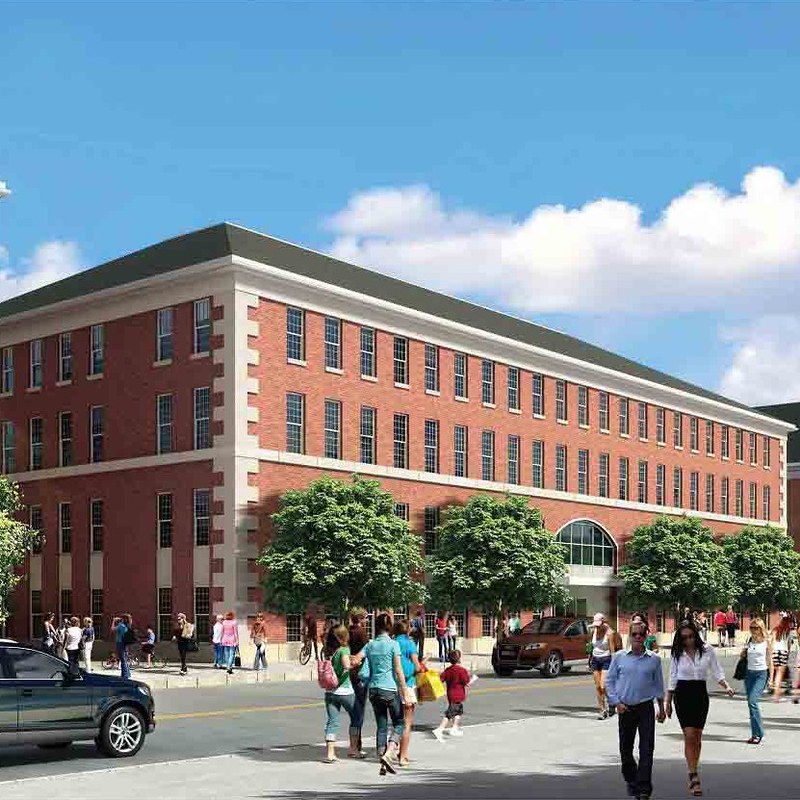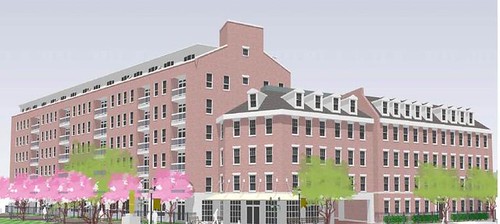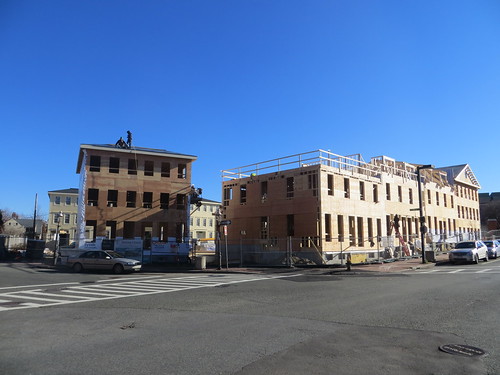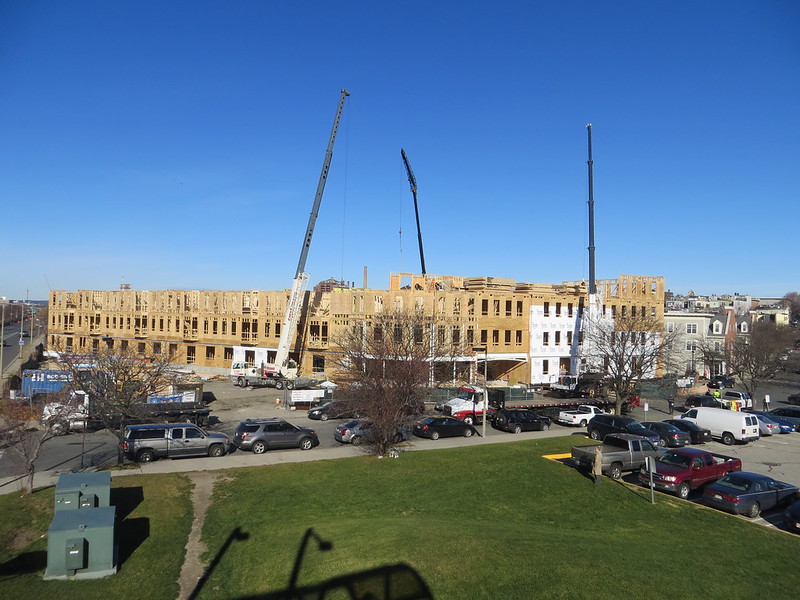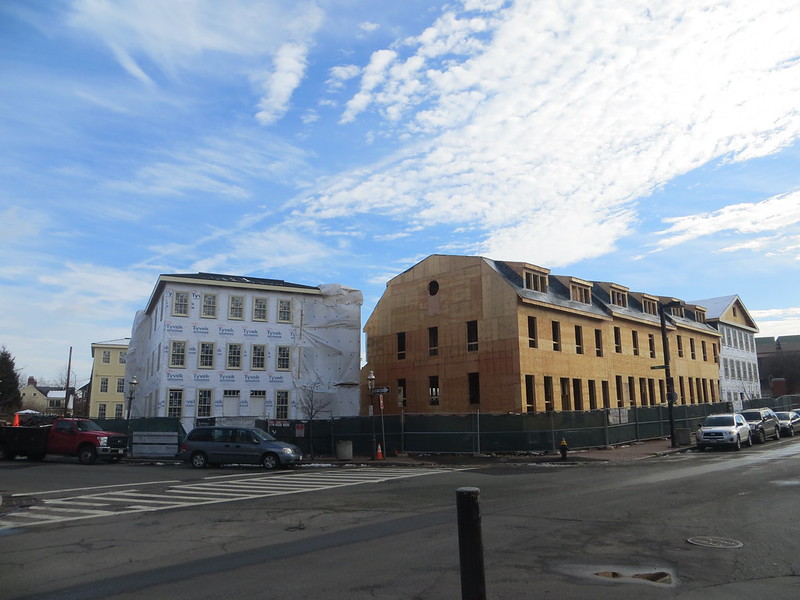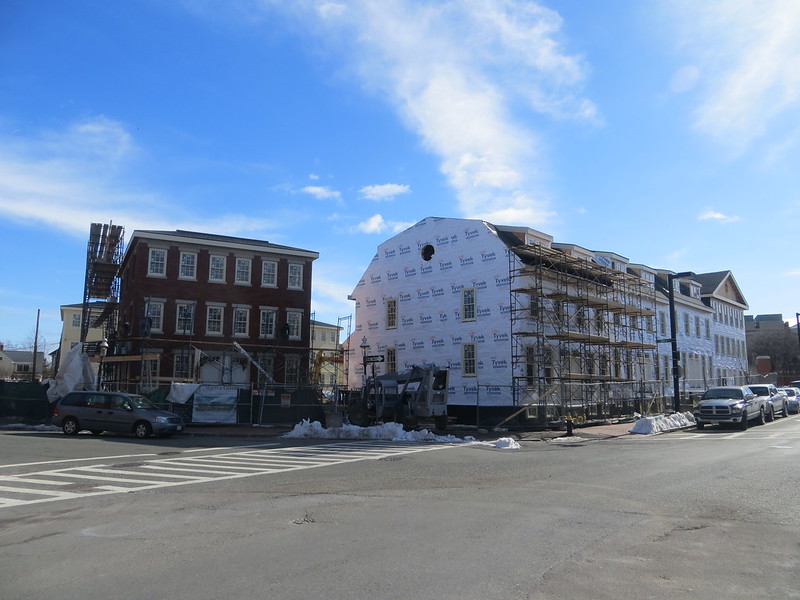Charlestown Residential Parking Requirements
Wednesday, March 20, 2013
7:00 pm - 8:30 pm
The Boston Redevelopment Authority will host a public meeting regarding residential off-street parking requirements for the Charlestown Neighborhood Zoning District. At the request of the Charlestown Neighborhood Council, the BRA is holding a public meeting to discuss residential parking requirements for the Charlestown Neighborhood Zoning District. Currently, residential parking is an allowed use in the district, and the construction of new residential units requires the provision of off-street parking for those units.The BRA has been asked by the Charlestown Neighborhood Council to review these requirements, and to make suggestions for amending the zoning code to address neighborhood concerns. Possible changes include: making off-street residential parking a conditional use (requiring proponents go before the neighborhood for such a use), and/or removing or reducing the residential off-street parking requirement. All interested parties are invited to attend this public meeting. The meeting is an opportunity to ask questions about parking regulations in zoning, and share your opinion about whether current regulations should changed.
